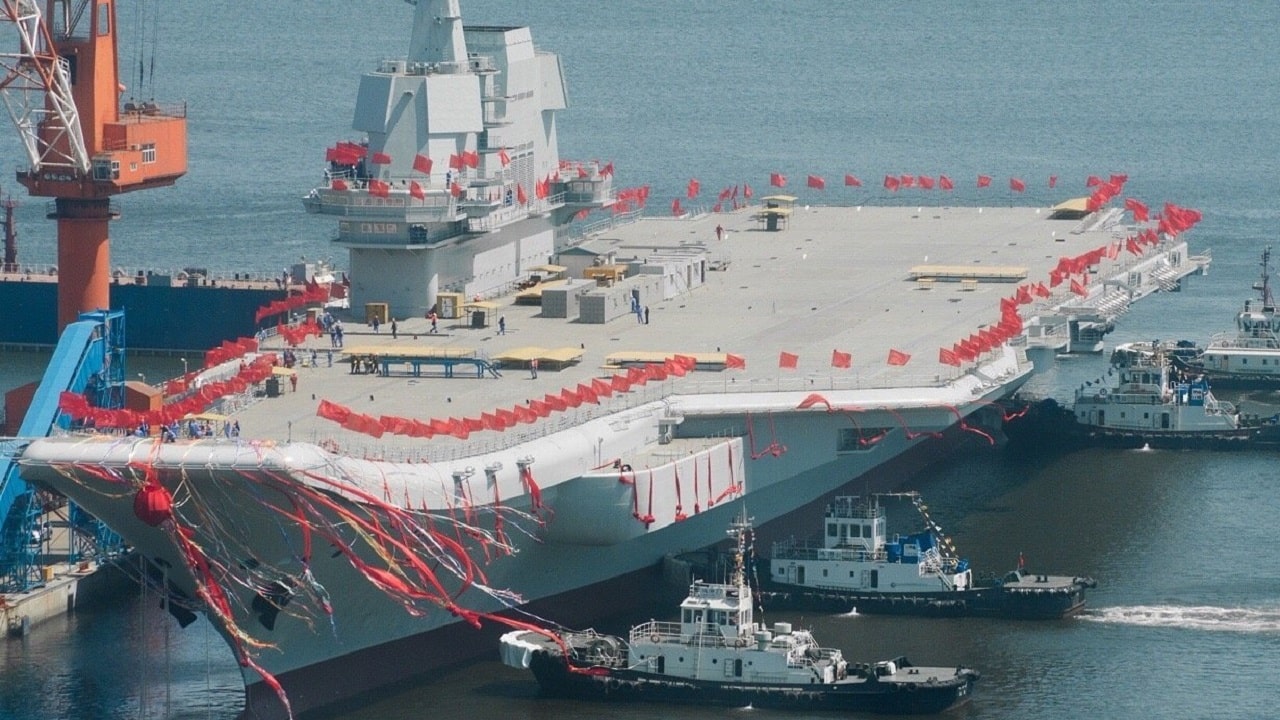
China’s New Aircraft Carrier Fujian: Hit or Miss
 Sat, 25 Jun 2022
| Reading Time: 6 minutes
Sat, 25 Jun 2022
| Reading Time: 6 minutes

While the United States was wrapping up its Valiant Shield 2022 exercise on 17 June, China launched its third aircraft carrier with all the fanfare. The launch was postponed twice due to logistical and technical issues. The aircraft carrier has been named Fujian with the hull number 18. It has been under construction at the world’s largest commercial shipbuilder, Jiangnan Shipyard, Shanghai, since 2018, though the initial work started in 2015.
The name Fujian shows the intent of the People’s Liberation Army Navy (PLAN). Fujian is the closest Chinese province to Taiwan, separated by the Taiwan Strait. It is the third Chinese aircraft carrier since China jumped into the fray in 2012. Once fully operational, Fujian would surely enhance Chinese capacity, but would it improve the capabilities? With three carrier strike groups (CSG), would PLAN challenge all the U.S. CSG in the Indo-Pacific? How is this going to affect India?
A New Beginning
There are many firsts for China in this supercarrier. It is the biggest Chinese aircraft carrier, with 80000 to 100000-ton displacement. It has a flat deck rather than the ski jump featured on two earlier carriers, Liaoning and Shandong. It is fitted with Electromagnetic Aircraft Launch System (EMALS)-powered catapults to launch its aircraft. The EMALS would be the biggest step since, until now, this technology has only been demonstrated by the US.
Though diesel engine-powered Fujian resembles the US carrier USS Gerald R. Ford, however, in reality, it falls in the class and size of the US Kitty Hawk-class carriers, which were decommissioned in the 2000s. It doesn’t come near Nimitz or Ford-class nuclear-powered supercarriers in capabilities and range.
Despite all this, with Fujian, PLAN’s range gets extended, and it comes out of the so-called First Island Chain backwaters. Chinese President Xi Jinping is preparing for the 20th national congress of the CCP on the plank of nationalism. The launch of Fujian and a six-minute propaganda video called “Offence is our mission” showcasing the aircraft carrier is a step in that direction.
Where It All Begun
In 1998 a Chinese tourism operator bought a Soviet-era large aircraft-carrying cruiser, Varyag, from Ukraine but never utilized it. In 2001 the ship was towed from Ukraine to China, where it underwent major hull, radar, and electronics modernization. Thus began the PLAN’s air wing journey with Liaoning in 2012.
Liaoning has a modest air wing that includes 24 Shenyang J-15 fighters, six Changhe Z-18F anti-submarine warfare (ASW) helicopters, four Changhe Z-18J airborne early warning helicopters, and two Harbin Z-9C rescue helicopters.
The First Home Run
Five years after commissioning its first aircraft carrier, the Liaoning, in April 2017, China launched its second aircraft carrier, Type 002 Shandong. It got commissioned in December 2019. It was similar in size to Liaoning and used a STOBAR system. Indeed, Shandong was a marked improvement over Liaoning and an important step in China’s evolving aircraft carrier program.
Shandong has approximately 10 percent additional deck space and displaces a few thousand more tons than the Liaoning at 60000 tons. It features the advanced Type 346 S-band AESA radar system and eight additional aircraft. Both Liaoning and Shandong have six days of endurance before getting refueling. Both ships had undergone a large number of sea trials indicating all was not well with both the ships (Liaoning 10 trials in 13 months, Shandong 9 in 18 months). Despite completing around three years in service, Shandong is nowhere near combat readiness.
Electromagnetic Aircraft Launch System (EMALS)
There are two types of take-off and recovery systems existing, STOBAR and CATOBAT. In the Short Take-off But Arrested Recovery (STOBAR), the frontal part of the deck is called ski jump since it elevates, forming a curve. During take-off, the aircraft is thrown upward due to this curve, gaining height. All this while aircraft’s engines with afterburners generate the required thrust to stabilize the aircraft in the flight.
CATOBAR means Catapult Assisted Take-off But Arrested Recovery. In these systems, the carrier’s deck is flat, thus called ‘Flat-topped’ aircraft carriers. Only the United States and France have been using this technology. The catapult stores energy. When this energy is released, it is converted into kinetic energy resulting in momentum for the aircraft.
Two types of systems are used to power the catapults: steam-powered catapults and EMALS. Until Fujian, only the US was using EMALS.
Steam-powered catapult systems are cumbersome and require large manpower to operate and maintain. They have a limitation as far as the aircraft weight is concerned. They also have an adverse effect on the life of the aircraft. Excess steam may damage the nose wheel landing gear, which is attached to the catapult. At the same time, less steam will provide inadequate speed for take-off.
On the other hand, EMALS has its pitfalls. EMALS is not a proven technology and fails very often, adversely affecting the warship’s ability to launch aircraft in quick succession. Another adverse effect is the electromagnetic interference (EMI) with electronic equipment of aircraft and ships, created by the high-power electromagnetic motors. It has been five years since the US Navy took delivery of the USS Gerald R. Ford, and the $13 billion aircraft carrier still can’t reliably generate sorties due to technical problems with EMALS.
The Fighter
STOBAR (ski jump) existing on Liaoning and Shandong imposes limitations on the aircraft’s takeoff weight and payload. CATOBAR facilitates an aircraft’s launch at maximum takeoff weight (MTOW) with a full payload. CATOBAR also enables airborne early warning aircraft (AEW&C) and unmanned aerial vehicles (UAVs) to take-offs from the aircraft carrier.
China’s frontline carrier-based fighter aircraft is the J-15. The J-15 is a stolen design and unlicensed Chinese development based on a T-10K-3 prototype of the Russian Su-33 Flanker-D. It has a maximum take-off weight (MTOW) of 33 tons and an external payload of 6.5 tons. There are conflicting reports of the J-15 design being flawed, resulting in four known and multiple unknown crashes. Domestically developed WS-10H engines are unreliable compared to original Russian Salyut AL-31F engines. It is confirmed that unstable flight control systems were the key factor behind the at least two fatal accidents couple of years ago.
The J-15 may not be capable of taking off from the Liaoning or Shandong’s ski jump with full MTOW. The J-15’s MTOW depends on carrier speeds, which in turn generates headwinds. Though China claims that at the aircraft carrier’s operational speed of 28 knots, the J-15 can take off at 28-33 tons, and even at a slower speed of 20 knots, the weight is 31 tons, there is no way of substantiating these claims.
Ski jumps require a certain level of carrier headwind for an aircraft to be launched at given requisite loads, while catapults offer substantially more flexibility for the carrier’s navigation. Ski jumps also present more risk in the event of an engine failure during launch compared to catapults. Fujian fitted with EMALS would facilitate PLAN to overcome this operational shortfall.
The J-15 acquired the J-11B avionics suite modified with multirole capability. Its weapon suite includes air-to-air PL-12 BVRAAM and PL-8 SRAAM, supersonic YJ-91 anti-radiation missile (derived from the Russian Kh-31, YJ-83K subsonic standoff anti-ship missile, KD-88 subsonic standoff land attack weapon. The 1200 km operational range of the J-15, along with 200 km of weapon range, theoretically makes it a capable naval fighter.
Meanwhile, the twin-engine, mid-size, fifth-generation Shenyang FC-31 Gyrfalcon, also known as the J-31 or J-35, is being positioned by Shenyang Aircraft Corporation as a capable carrier-borne stealth fighter jet. Its internal and external weapon storage, 1200 km combat range and interoperability with the carrier-based AEW&C KJ-600 could make it a formidable naval fighter based on the Fujian in the coming years.
A Hit Or A Miss
The Fujian is much longer at 1037 ft compared to INS Vikramaditya (932 ft) and IAC-1, INS Vikrant (860 ft). Their respective tonnage of 45,500 and 45,000 also dwarf compared to Fujian’s 1,00,000 tons when fully loaded.
Theoretically, Fujian’s EMALS will launch aircraft in quick succession and assist the fighters in carrying more fuel and weapons, therefore extending the reach and size of the punch the aircraft carrier packs. With the help of carrier-borne AEW&C aircraft and UAVs, the enemies would also be spotted at a greater distance.
The Fujian is conventionally powered, but it is predicted that the yet-to-be-built Type 04 will be nuclear-powered. As per reports, work has already begun on the fourth Chinese aircraft carrier. China will add 100 new ships by 2030, taking the total to 425 battle-force ships. PLAN also intends to have six aircraft carrier strike groups by 2035.
India, on the other hand, might not achieve the aim of 200 platforms in the next decade. Presently there are around 39 ships and submarines at various stages of construction and induction, eventually taking the total to 170 platforms.
While India remains focused on the well-guarded 3500 km-long India-China borders, little attention is paid to the 7800 km-long Indian coastlines and the vast Indian Ocean Region (IOR).
Keeping in mind the Shandong, which is still not combat-ready after three years of commissioning, it is amply clear that the Fujian may take five to seven years before it attains initial operational capabilities and takes part in any operation.
The J-15 may fall behind in capability compared with 4.5 generation aircraft, most prominently in its lack of an AESA radar, but induction of the J-35 would overcome that shortfall.
PLAN has also suffered a severe shortage of carrier-based pilots; a lack of training and combat experience. In recent years, they have tried to cover the shortage of naval pilots by recruiting more cadets and improving training standards.
All in all, induction of the Fujian will boost Chinese capabilities; after all, quantity has a quality of its own. Indian and the US Navy do not have much time to gloat upon their past glory. The time has come to sharpen the sword before it is too late.
“Successful countries have friends; very successful countries have enemies” ~ Insightful Geopolitics
****************
Disclaimer
The opinions expressed in this article are the author’s own and do not reflect the views of Chanakya Forum. All information provided in this article including timeliness, completeness, accuracy, suitability or validity of information referenced therein, is the sole responsibility of the author. www.chanakyaforum.com does not assume any responsibility for the same.
Chanakya Forum is now on . Click here to join our channel (@ChanakyaForum) and stay updated with the latest headlines and articles.
Important
We work round the clock to bring you the finest articles and updates from around the world. There is a team that works tirelessly to ensure that you have a seamless reading experience. But all this costs money. Please support us so that we keep doing what we do best. Happy Reading
Support Us





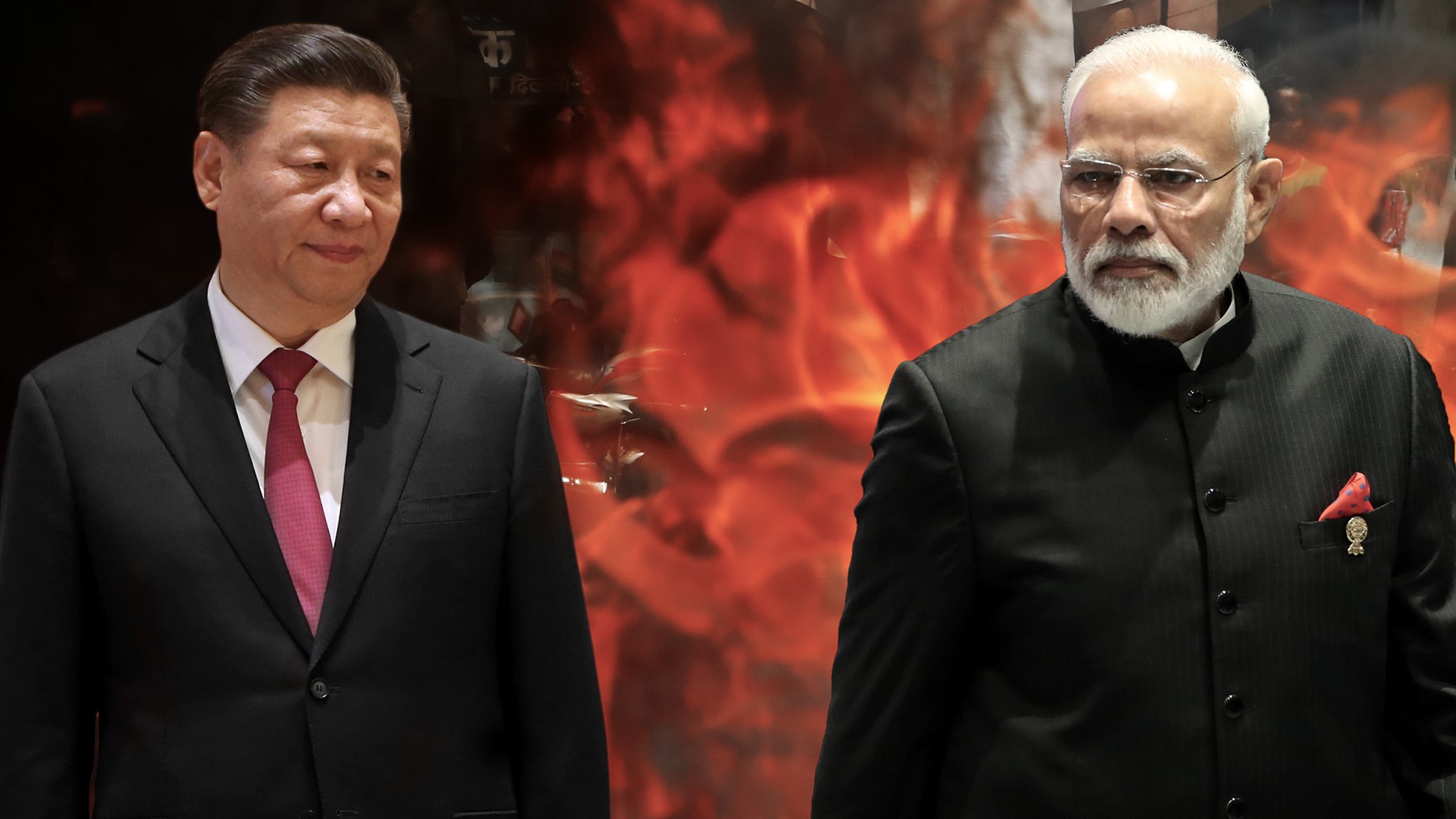

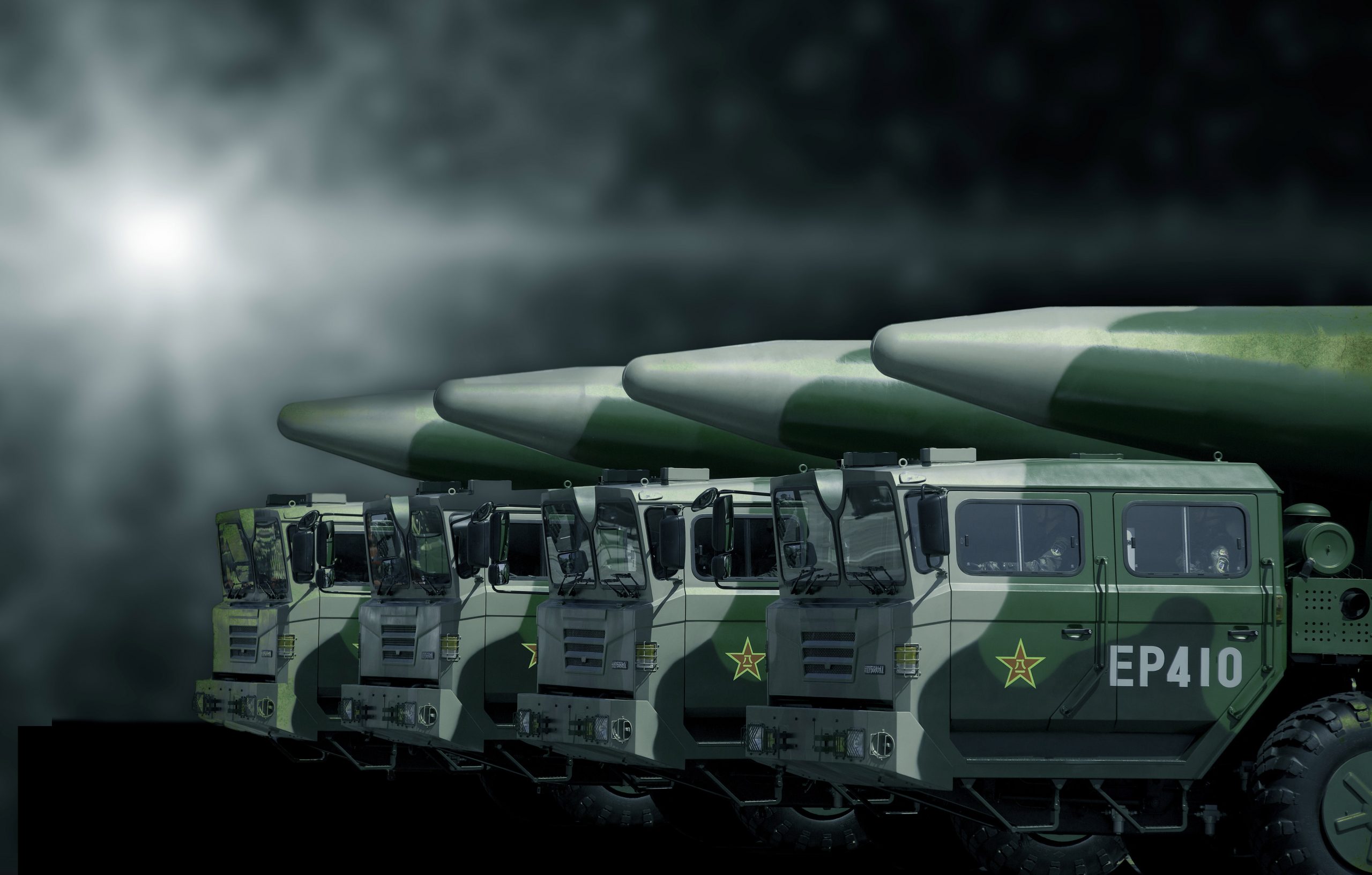



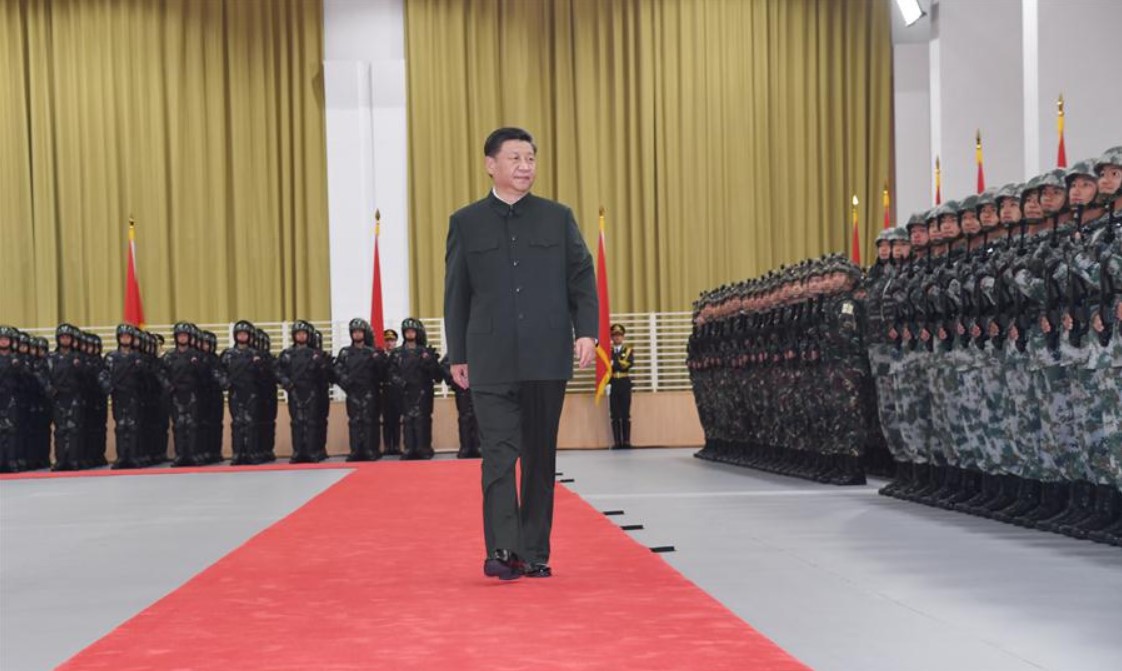
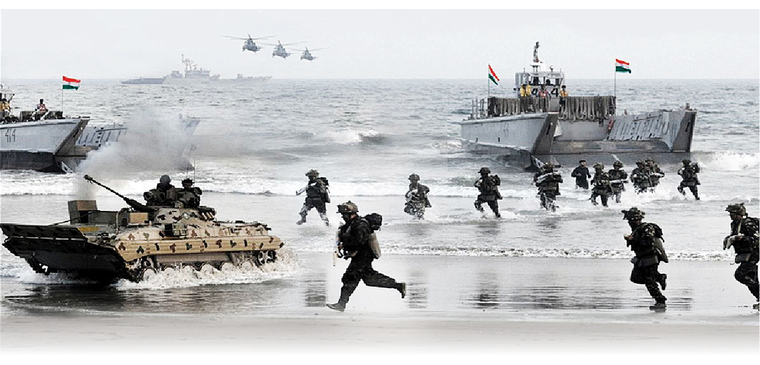

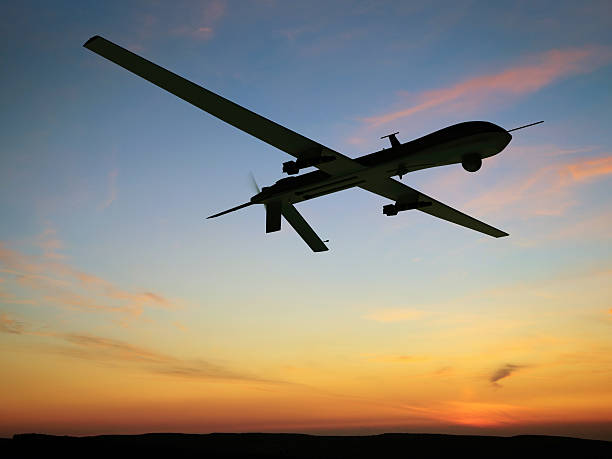






POST COMMENTS (32)
Sukhjit
Madhu
Cdr Ravi Mathews
Pradeep Sharan
Surendra Ahuja
Rakesh P
Ashish Popli
V Mohan
Deovrat Pagay
BINOO KRISHNA
S P SINGH
Utpal
Raman Sharma
Cdr Deepak Singh
Mayank Sharma
Shaurya Shandilya
Wendell Bruges
Amitabh
Jp Chitkara
Sid Gupta
Aninda Mukherjee
Raman Gupta
Anupam
JITINDRA BHATIA
Praveen Bhaik
Joseph Mathew
M Thakur
Sukhjit
Rajesh Dhawan
Rajesh Dhawan
Capt Arun Kumar
Romina